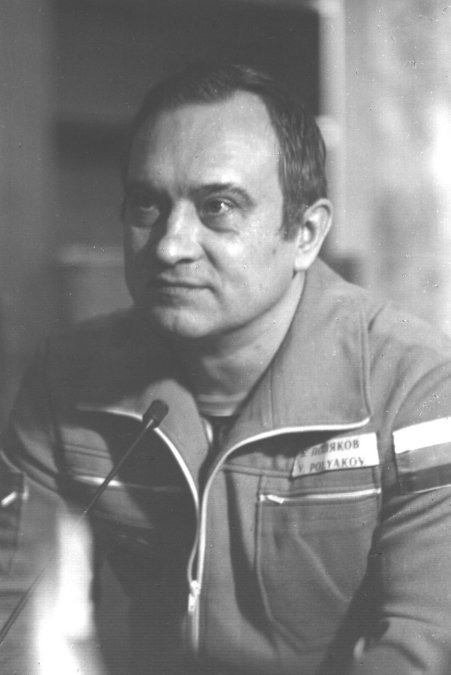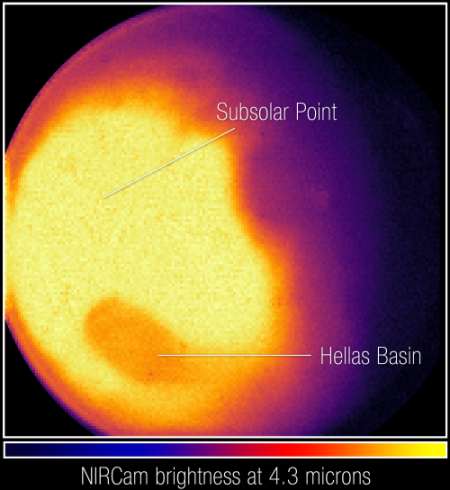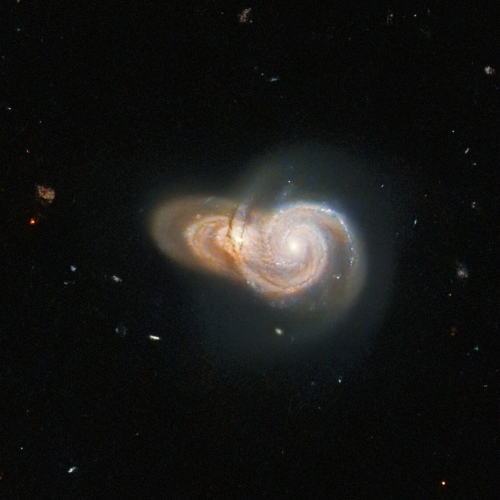Orbital tug company signs launch agreement with German rocket startup
Capitalism in space: The orbital tug company Spaceflight today signed a launch agreement with the German rocket startup Rocket Factory Augsburg (RFA).
The agreement formalizes the plan for Spaceflight to fly its Sherpa® orbital transfer vehicles (OTVs) and other rideshare payloads on upcoming RFA missions from a variety of European launch sites, including from facilities in the United Kingdom, French Guiana and others. The companies are targeting mid-2024 for their first launch.
Rocket Factory is one of three German startup rocket companies pushing to complete the first German commercial launch. While Isar Aerospace had raised the most capital, it remains unclear which of these companies will win.
Capitalism in space: The orbital tug company Spaceflight today signed a launch agreement with the German rocket startup Rocket Factory Augsburg (RFA).
The agreement formalizes the plan for Spaceflight to fly its Sherpa® orbital transfer vehicles (OTVs) and other rideshare payloads on upcoming RFA missions from a variety of European launch sites, including from facilities in the United Kingdom, French Guiana and others. The companies are targeting mid-2024 for their first launch.
Rocket Factory is one of three German startup rocket companies pushing to complete the first German commercial launch. While Isar Aerospace had raised the most capital, it remains unclear which of these companies will win.








